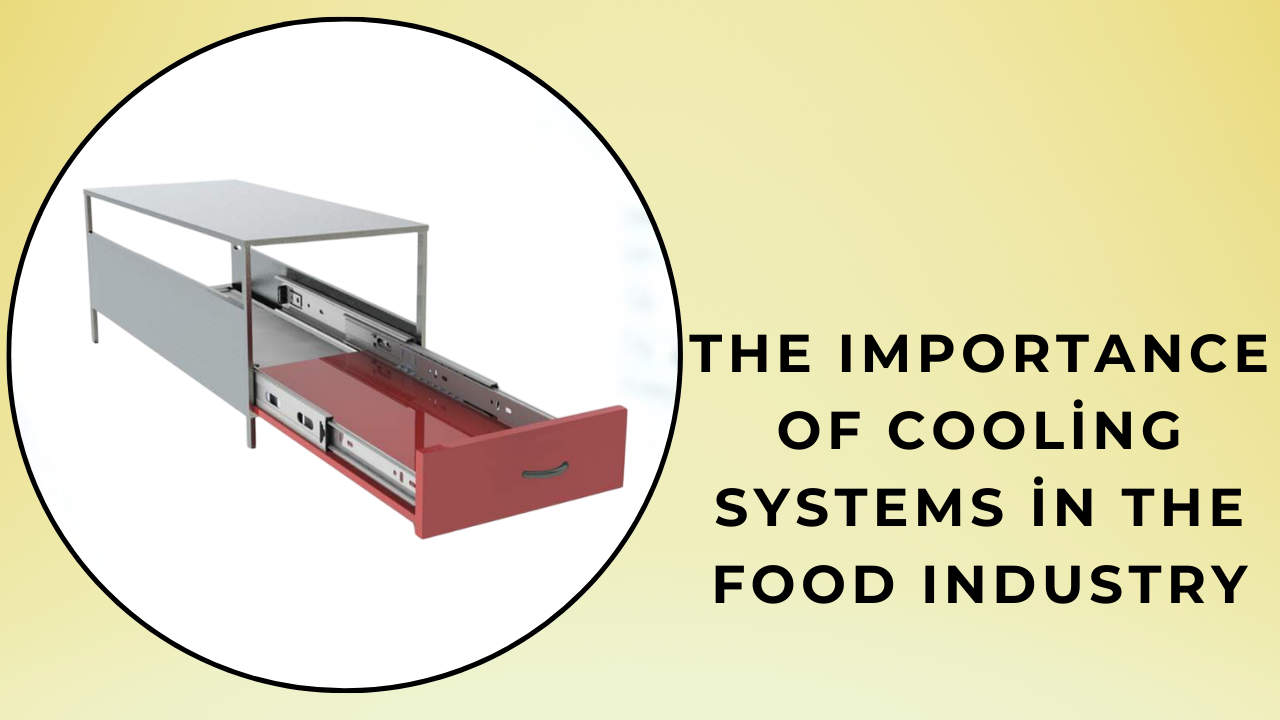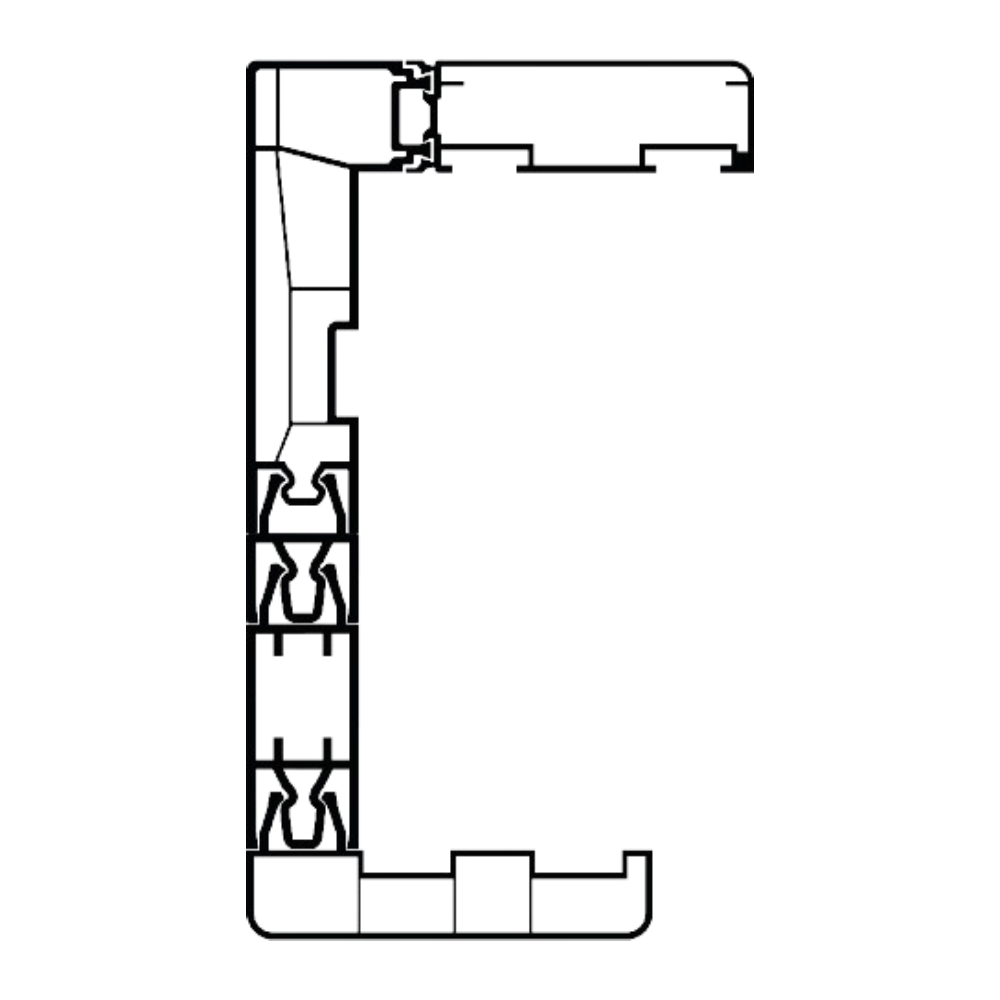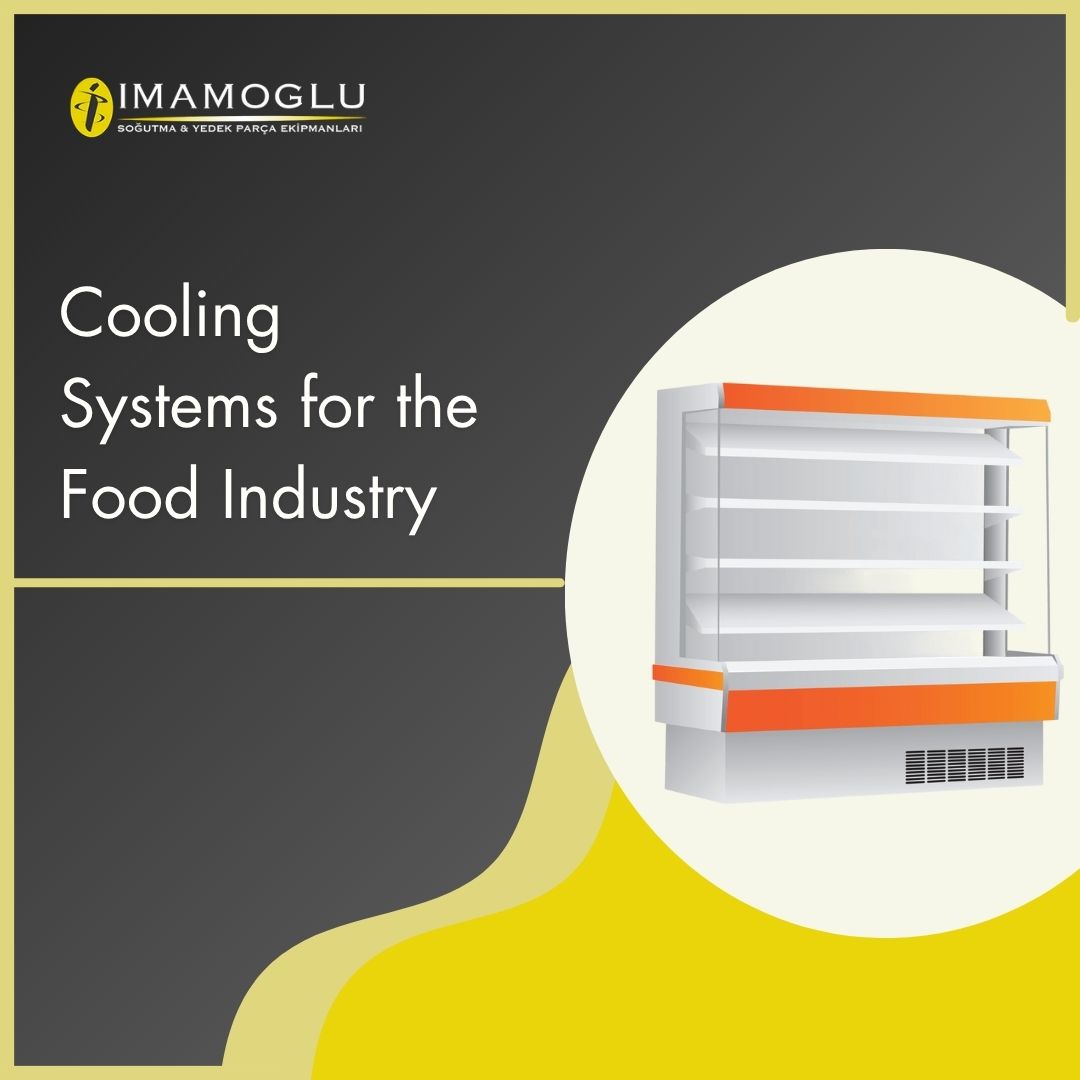Cooling Systems for the Food Industry
Table of Contents
-
What Are Cooling Systems for the Food Industry?
-
The Importance of Cooling Systems in the Food Industry
-
Types of Cooling Systems Used in the Food Industry
-
Effects of Cooling Systems on Food
-
Energy Efficiency in Food Cooling Systems
-
Maintenance and Management of Cooling Systems
-
Benefits of Cooling Systems for the Food Industry
What Are Cooling Systems for the Food Industry?
The food industry relies heavily on cooling systems to maintain the freshness and safety of products during production, storage, transportation, and sales stages. Cooling systems prevent food spoilage, enabling long-term storage. These systems manage environmental factors such as temperature, humidity, and air circulation in a controlled manner to preserve the quality of food products. Cooling plays a significant role, especially in the processing and distribution of perishable items like fresh produce, meat, dairy, and seafood.
Cooling systems are a vital tool for ensuring food safety and maintaining the continuity of the cold chain, keeping products fresh at every stage. These systems are utilized in both large-scale production facilities and retail outlets. In the food industry, cooling systems are customized based on the temperature requirements of different food types. For instance, meat and dairy products require lower temperatures, while fruits and vegetables need cooling with varying humidity levels.
Proper use of cooling systems not only ensures food safety but also preserves the organoleptic properties of food products, such as taste, smell, color, and texture. Therefore, cooling solutions are crucial for both food safety and consumer satisfaction in the food industry. The cold chain must be maintained throughout the entire supply process; otherwise, a rapid decline in product quality can occur.

The Importance of Cooling Systems in the Food Industry
The food industry depends on cooling systems to store fresh products for extended periods. Cooling prevents food spoilage and ensures products reach consumers safely. These systems play a critical role in the transportation, storage, and even retail display of food products. Cooling extends the shelf life of products, reducing food waste and lowering operational costs. It is also vital for food safety, as uncontrolled temperatures can lead to the rapid proliferation of microorganisms, posing health risks.
Cooling systems are an absolute necessity for perishable products. Protein-rich foods like meat and dairy are highly sensitive to temperature changes and can spoil quickly. Thus, maintaining a stable temperature throughout the cold chain is essential. Cold storage facilities and other cooling systems ensure these products reach consumers safely and healthily. They also allow fruits and vegetables to stay fresh and retain their nutritional value during storage.
Cooling systems are not just a storage method in the food industry; they are also used in transportation and distribution processes. Cold storage facilities and transportation systems ensure products remain fresh without exposure to temperature fluctuations at any stage. This minimizes food waste and supports a more sustainable production process. Offering healthier and fresher products to consumers enhances a company’s competitive advantage and fosters customer loyalty.
Types of Cooling Systems Used in the Food Industry
Various cooling systems are employed in the food industry based on different needs. These systems ensure the continuity of the cold chain during storage, transportation, and distribution. The most commonly used cooling systems include central cooling systems, refrigerator systems, transportation cooling systems, and cold storage units. Central cooling systems are used in large food production facilities, providing effective cooling across wide areas. These systems can cool multiple compartments and are ideal for large-scale operations.
Refrigerator systems are preferred in small businesses or retail food outlets. They are commonly used in restaurants, cafes, and supermarkets, offering appropriate temperature levels for each area. Transportation cooling systems are utilized in logistics, ensuring food products remain fresh during transport. These systems are equipped with refrigerated vehicles, protecting products from temperature fluctuations during transit.
Cold storage units are used for long-term storage of food products. These units preserve perishable items like meat, dairy, fruits, and vegetables under ideal conditions. Temperature and humidity levels can be adjusted for each food type, ensuring optimal storage. Cold storage units increase businesses’ storage capacity, allowing more products to be stored for longer periods.
Effects of Cooling Systems on Food
Proper use of cooling systems keeps food fresh, preserving its nutritional value. Cold environments prevent spoilage by microorganisms and enhance food safety. Protein-rich foods like meat, dairy, and fish are highly sensitive to temperature changes. Cooling helps maintain their nutritional content and ensures they reach consumers healthily.
When stored under proper cooling conditions, fruits and vegetables remain fresh and nutritious. Cooling preserves the organoleptic properties of products—such as color, taste, smell, and texture—allowing food to reach consumers fresher and tastier. Additionally, cooling systems reduce food loss, as products that would otherwise spoil stay fresh and can be utilized efficiently.
Storing food at the right temperature also helps preserve its vitamins and minerals. Sensitive compounds like vitamin C degrade quickly at high temperatures, but cooling ensures they remain intact longer. Furthermore, some food products may undergo fermentation or quality degradation, but cooling prevents these adverse effects.
Energy Efficiency in Food Cooling Systems
In the food industry, energy efficiency is a critical factor in reducing costs and environmental impact. Cooling systems typically consume significant energy, so energy-efficient systems are preferred. Cold storage units and other cooling systems should be designed to minimize energy use, enabling businesses to achieve energy savings. This also reduces environmental impact by lowering greenhouse gas emissions.
Thanks to advancing technology, energy-efficient cooling systems have become more widespread. These systems deliver greater efficiency with less energy consumption. Insulation materials used in cooling systems are also crucial for energy efficiency. Insulation prevents cold air from escaping, allowing the system to operate with less energy. This reduces energy costs for businesses and causes less harm to the environment.
Maintenance and Management of Cooling Systems
Regular maintenance is essential for cooling systems to operate efficiently. Cooling equipment can experience wear and tear over time, requiring regular inspections and servicing. Maintaining components like filters, refrigerant levels, and compressors ensures the system’s efficient operation. A neglected system’s failure can lead to both product loss and high repair costs.
Management strategies should be developed to ensure proper functioning of cooling systems. These strategies aim to optimize system use and manage energy consumption efficiently. Any malfunction in the system can jeopardize food safety, requiring prompt intervention.








